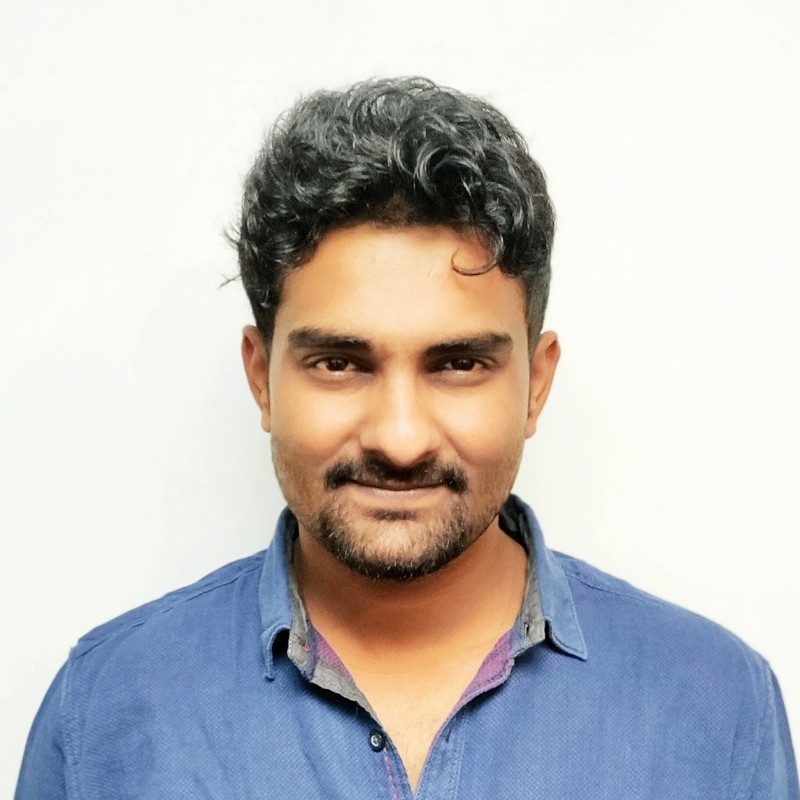Automated Radiology Report Generation from Radiologist Impressions using Fine-Tuned LLAMA-3 Model: A Novel Approach
Purpose: The aim of this study is to develop a novel method for automated generation of radiology reports utilizing radiologist impression texts. By leveraging advanced natural language processing techniques, we seek to streamline the reporting process, enhance efficiency, and maintain high accuracy in medical documentation.
Materials and Methods: We employed a fine-tuning approach with LLAMA-3, a state-of-the-art language model, utilizing unsloth Fastlanguage model quantized to 4-bits and a maximum sequence length of 5k tokens. we employed Parameter Efficient Fine-tuning (PEFT) methods, utilizing the Low-Rank Adaptation (LoRA) adapters, to enhance the efficiency of training and accuracy. The dataset, composed of 1700 in-house German radiology reports of Liver metastases. These reports were translated to English and formatted to Alpaca format to ensure compatibility. Subsequently, we employed the Supervised Fine-Tuning(SFT) Trainer for fine-tuning, executing 2000 steps. Results: Our approach successfully generated radiology reports based on radiologist impressions with high fidelity. The fine-tuned LLAMA-3 model demonstrated robust performance, accurately synthesizing complex medical language into coherent reports. The initial loss recorded at the first step was 1.142, converging to 0.042 at the final step. Furthermore, the training-validation loss plot exhibited a clear convergence, indicating effective model training and validation. However, the model needs to be trained at large scale to improve the generation.
Conclusion: Automated radiology report generation using fine-tuned LLAMA-3 presents a promising solution for expediting the reporting process while maintaining accuracy and consistency. This approach holds significant potential for reducing radiologist workload, minimizing reporting errors, and optimizing healthcare delivery. By seamlessly integrating advanced natural language processing techniques into radiology workflows, we can enhance efficiency and improve patient care outcomes.
Clinical Relevance: The automation of radiology report generation can revolutionize clinical practice by reducing turnaround time, enhancing report accuracy, and improving overall workflow efficiency. This innovative approach has the potential to alleviate radiologist burden, facilitate faster diagnosis, and ultimately enhance patient care quality.

Abhinay Krishna Vellala
Doing PhD in Generating Radiology reports from Medical Images using Vision-Language Models

